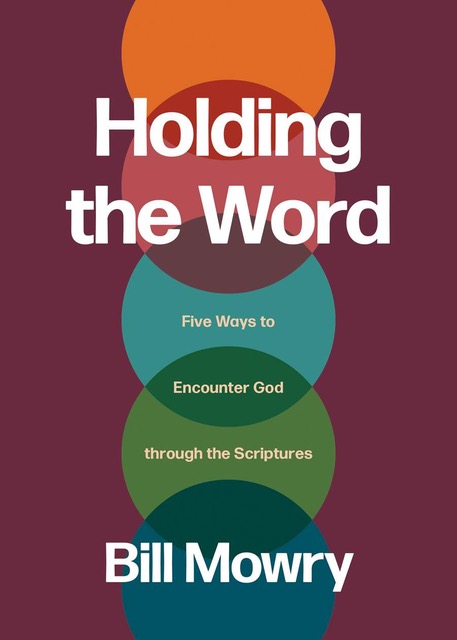The traffic was terrible. Peggy and I chose Savanah, Georgia for a brief vacation because it had a reputation as an easy-going Southern city with history to see and exotic food to eat. We hadn’t expected jammed streets, limited parking, and people wearing green t-shirts and drinking green beer. Welcome to Savannah on St. Patrick’s Day.
It turns out that Savannah has one of the largest St. Patrick’s Day parades in the U.S. and we were stuck in its aftermath.
Most Protestants don’t think much about St. Patrick’s Day unless it’s an excuse to drink. I have a different take on Patrick. To me, St. Patrick’s Day is a time to celebrate imagination and evangelism. Here’s the backstory on how this former slave saved civilization.
At the age of sixteen (approximately 406 C.E.), Patrick was kidnapped from his home in Britain and forced into slavery in Ireland. During this time of harsh deprivation, Patrick came to the Savior. After being enslaved seven years, he escaped and returned home. At the ripe age of forty-eight, Patrick responded to God’s call and returned to Ireland as a missionary to convert his former captors. Instead of revenge or retribution he came with a message of forgiveness.
Patrick was the first recorded missionary to go to the “barbarians” — those outside the bounds of the Roman empire and Roman laws. The Apostles stayed within the confines of the Empire and this set the example for centuries. Patrick’s mission was inspired by a night-time vision where the Irish people cried out in a dream, “We appeal to you, holy servant boy, to come and walk with us.” With an entourage of priests, seminarians, and others, he embarked for Ireland in 432 C.E.
Patrick married himself to the language, customs, and imagination of the Irish people. The Irish excelled in expressing themselves in symbols, metaphors, and image, both visual and poetic. Their imagination created wonderful geometric designs, filigree work, and enameling.
Instead of urging his converts to renounce those qualities, Patrick embedded the Irish imagination into the gospel and into the life of the Celtic church.
Here were a people intoxicated with the power of words. Noble families maintained ancestral poets. These bards told stories and shared poems that communicated beliefs, history, and old wisdom through entertainment. The poet kept a timeless world alive. “Who knows the secrets of the [Irish] world? Not the learned men, but the poets,” writes Esther De Waal.
Patrick intentionally sprinkled the flavor of the poet and the storyteller into the gospel movement, touching the Irish soul through the familiar channels of storytelling, poetry, music, drama, and dance.
Historian Thomas Cahill writes, “Yes, the Irish would have said, there is a story that answers our deepest needs — and answers them in a way so good that we could never even have dared dream of. We can put away our knives and abandon our altars. These are no longer required. The God of the Three Faces has given us his own Son and we are washed clean in the blood of this lamb.”
The Irish people were wedded to their environment, finding God’s presence in the mundane and ordinary. The presence of the Creator in His creation pulsates throughout Irish spirituality, engaging the senses and employing the imagination. The following prayer illustrates how they artfully wove the ordinariness of life (lighting the morning fire) into a spiritual act.
I will kindle my fires this morning,
In the presence of the holy angels of heaven,
God, kindle Thou in my heart within
A flame of love to my neighbor,
To my foe, to my friend, to my kindred all . . .
Patrick wasn’t afraid of what he discovered in the culture. Cahill observes that “Patrick found a way of swimming down to the depths of the Irish psyche and warming and transforming Irish imagination — making it more humane and more novel while keeping it Irish.”
In his lifetime, Patrick planted seven hundred churches and baptized thousands of people. His gospel wed salvation and social justice together. Slavery and human sacrifice became unthinkable in Ireland. New laws were influenced by gospel norms.
Like the Jews before them, the Irish Christians enshrined literacy as a central religious act. Cahill observes that, “Without the Irish, there would have perished in the west not only literacy but all of the habits of the mind that encourages thought.” Patrick’s missionary descendants took the good news of Jesus and the importance of literacy into the darkness of a devastated Europe, traveling as far as Italy.
Let me bring Irish spirituality full-circle to today. A prominent Irish rock and roll band has shaped our culture’s imagination for three decades. The band is the Irish rock group U2.
Their songs are drenched with images of faith and calls for social justice. U2 would make Patrick proud. Here’s a lyric from one of their songs that rumbles through my mind on occasion.
I have spoke with the tongue of angels
I have held the hand of a devil
It was warm in the night
I was cold as a stone.
Temptation is like this for me. At one moment, I’m so spiritual that I could speak with angelic tongues. The next moment, I’m tempted to grab the hand of the devil; what seems warm is really cold. An Irishman put temptation into new words for me.
When you put on a touch of green for St. Patrick’s Day, thank God for this great leader. God wedded his zeal for the gospel to the Irish imagination, planting a gospel movement in a pagan culture.
Want to read more? Here are some excellent books.
How the Irish Saved Civilization by Thomas Cahill.
The Celtic Way of Evangelism by George Hunter
Thin Places: A Evangelical Journey into Celtic Christianity by Tracy Balzer
A World Made Whole by Esther DeWaal
Celtic Blessings: Prayers for Everyday Life compiled by Ray Simpson


Leave a Reply